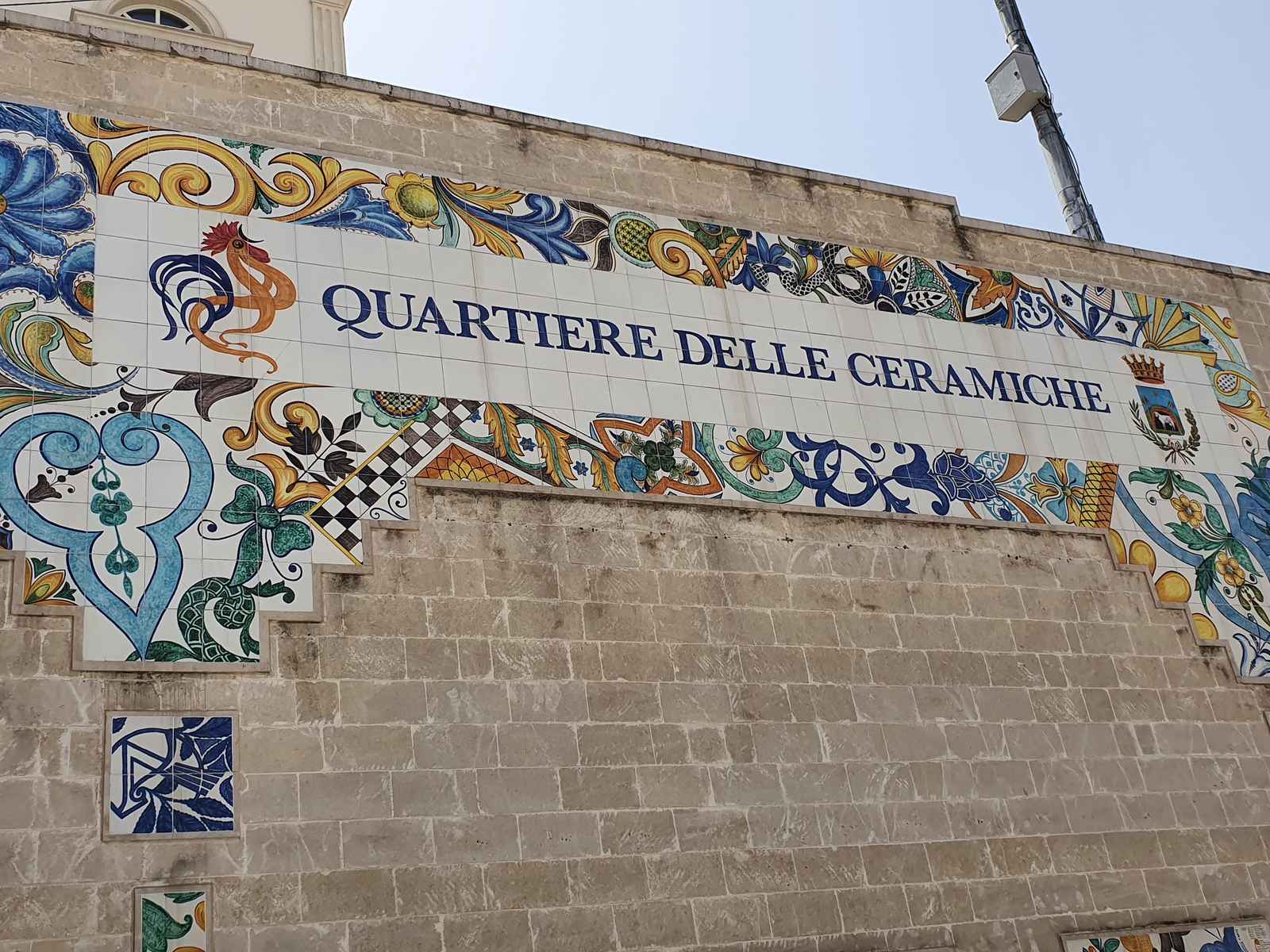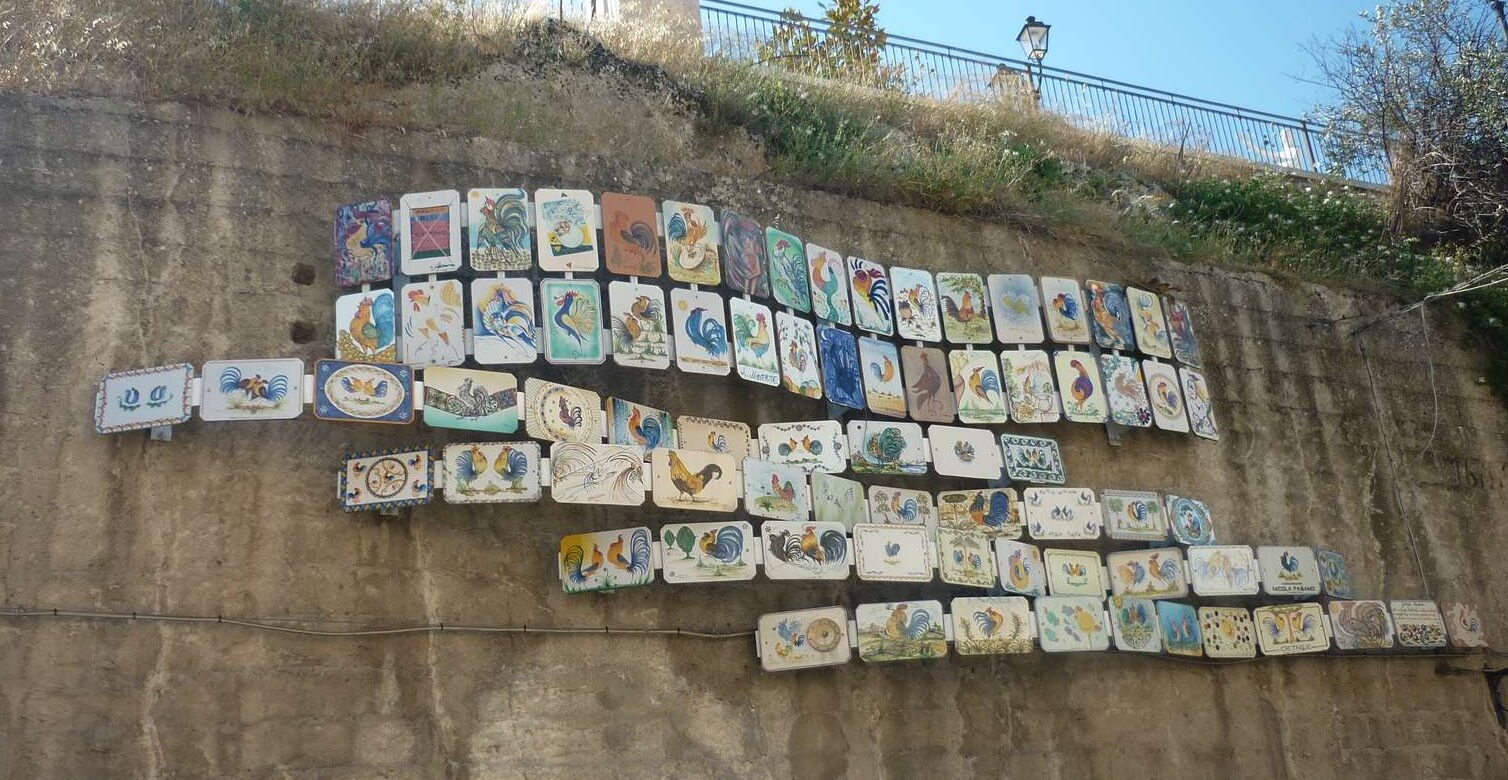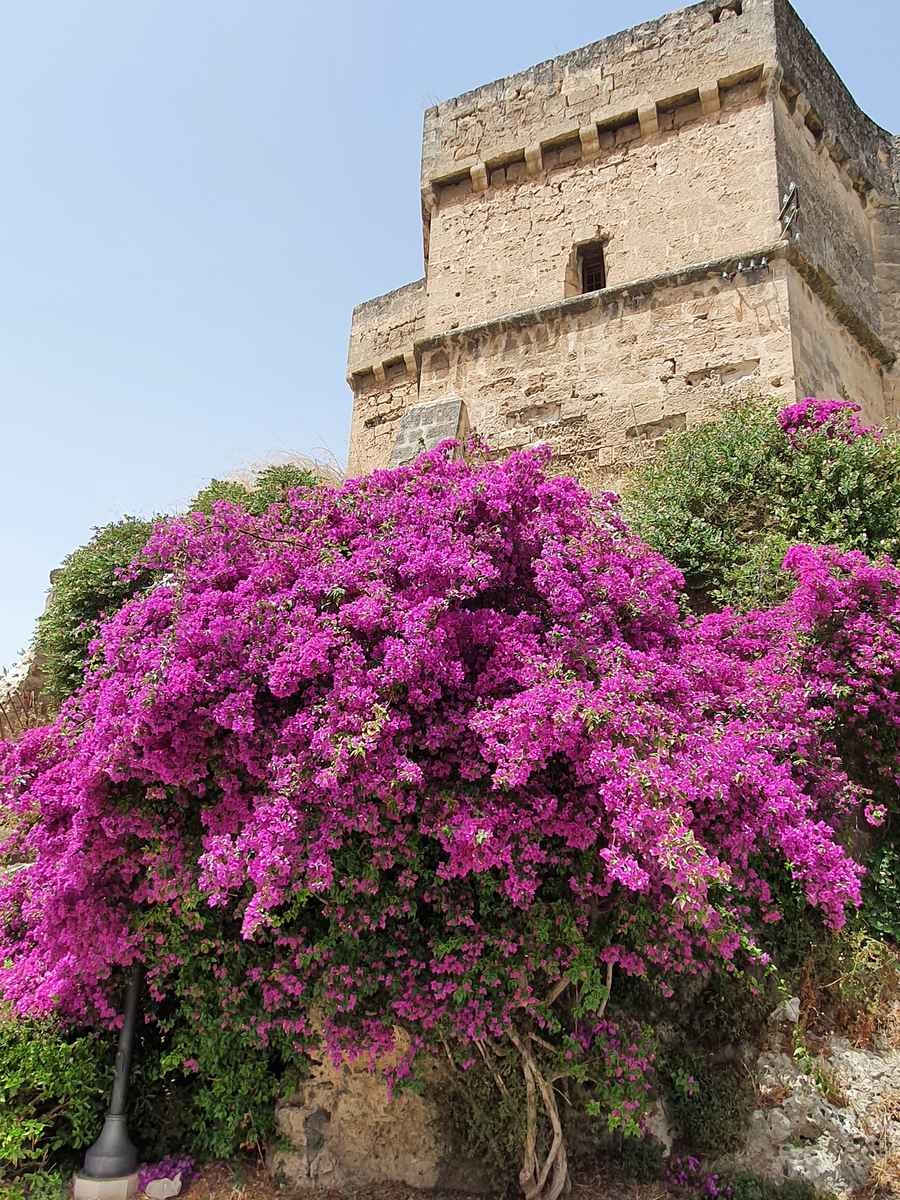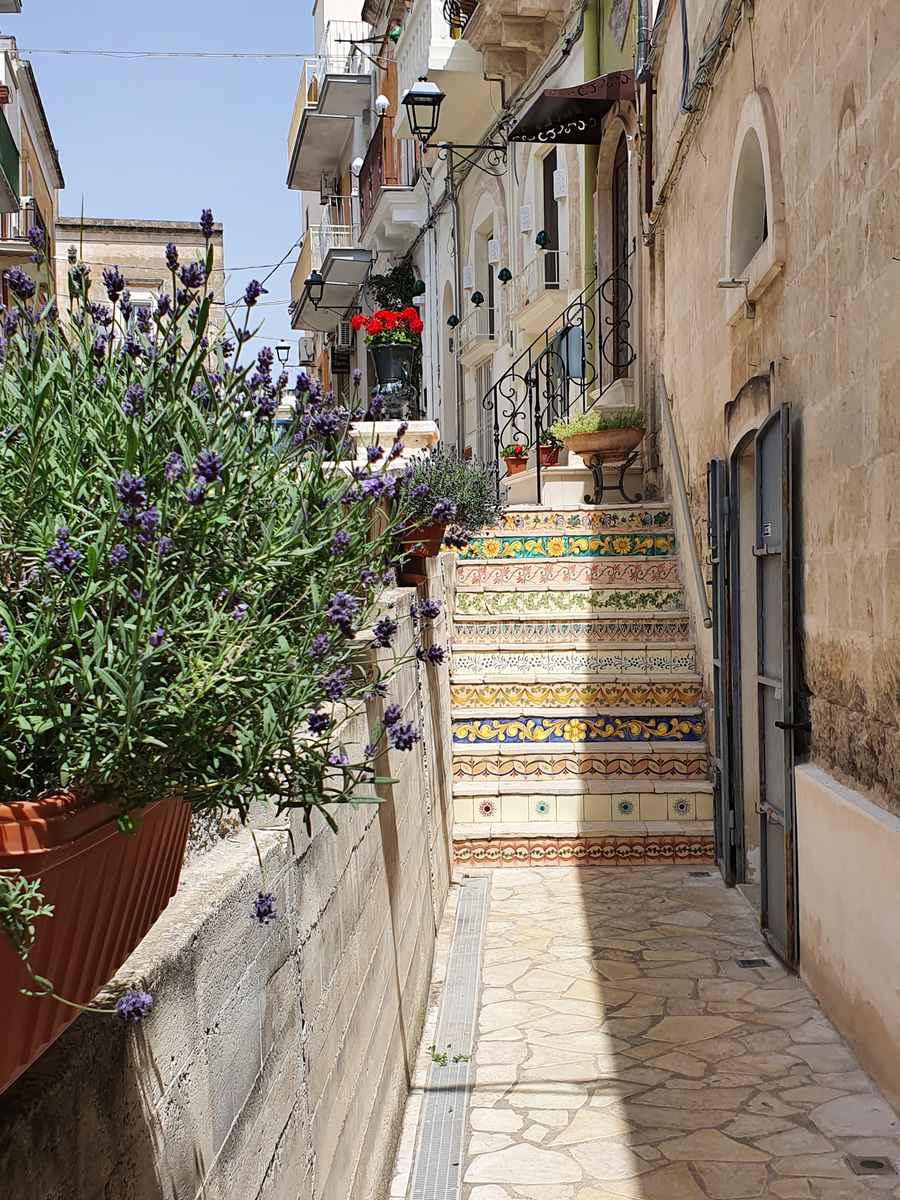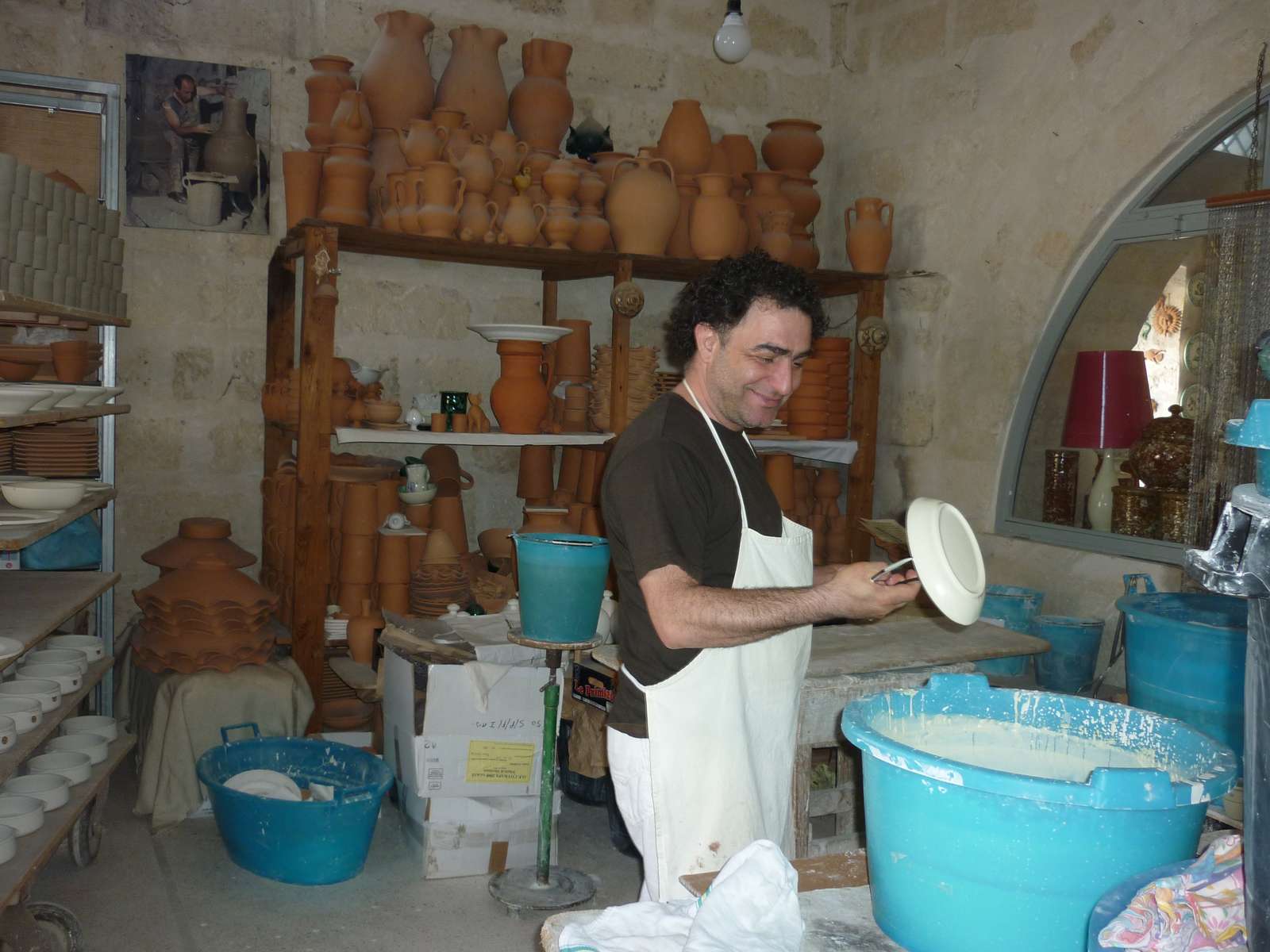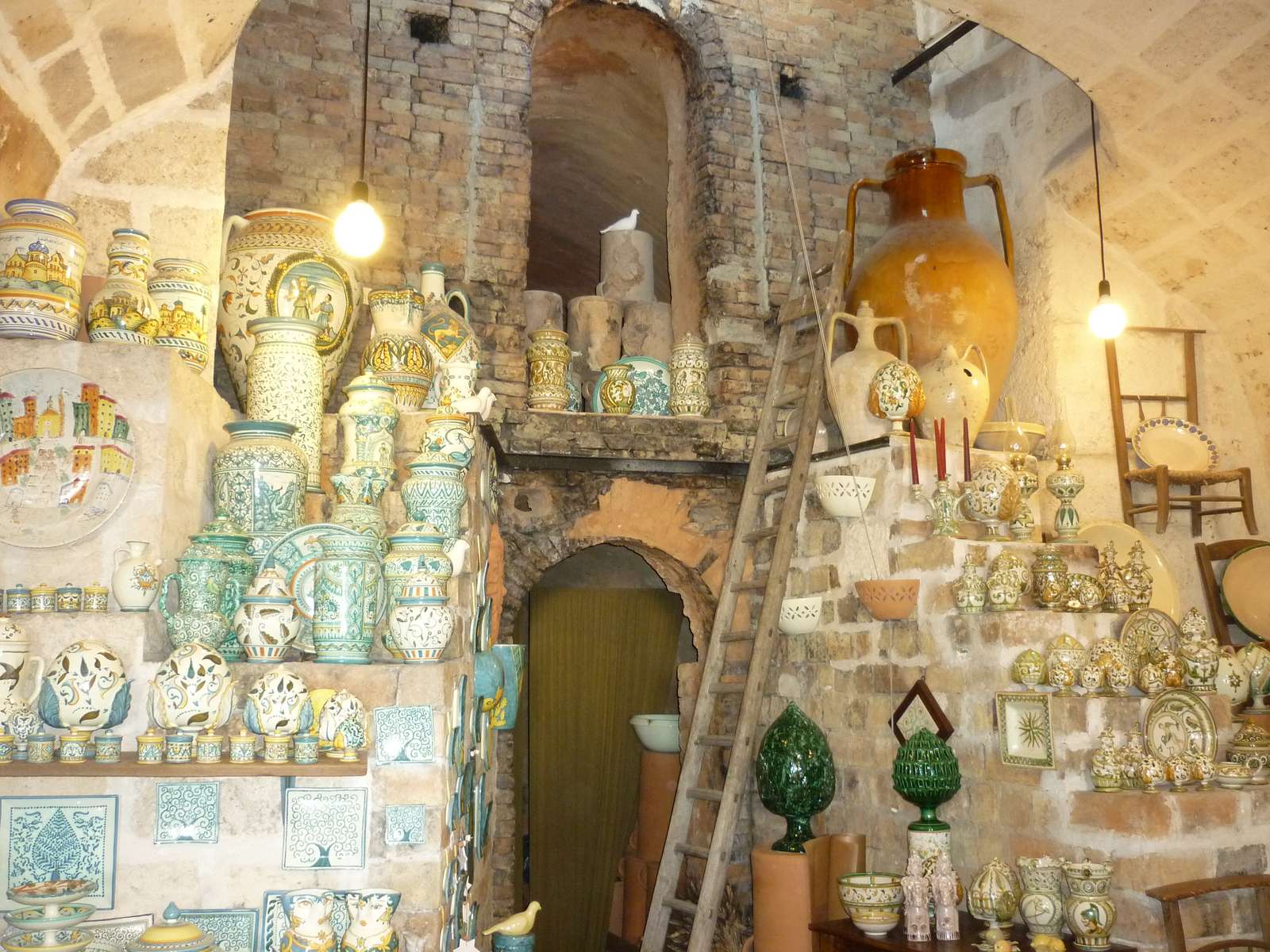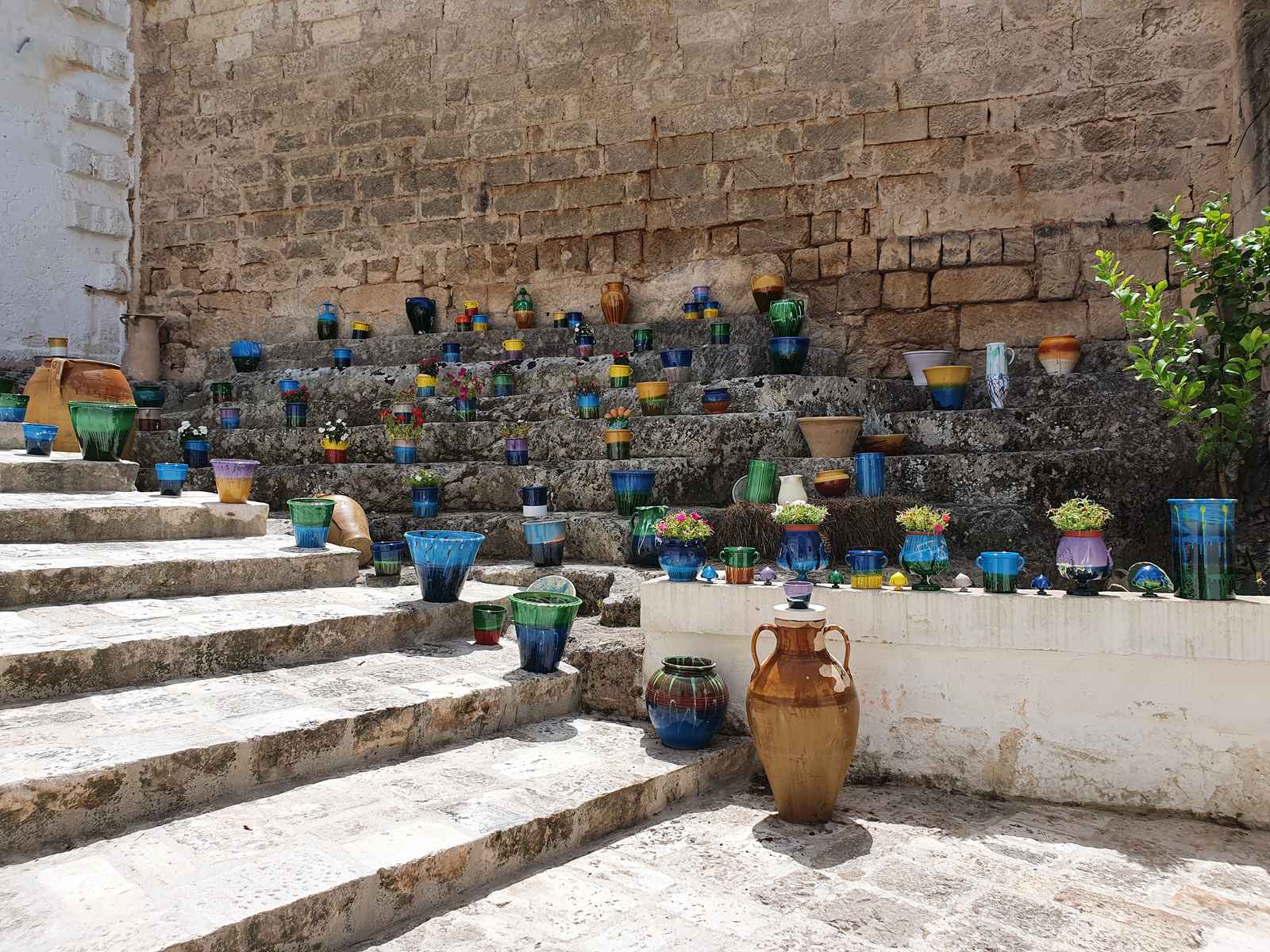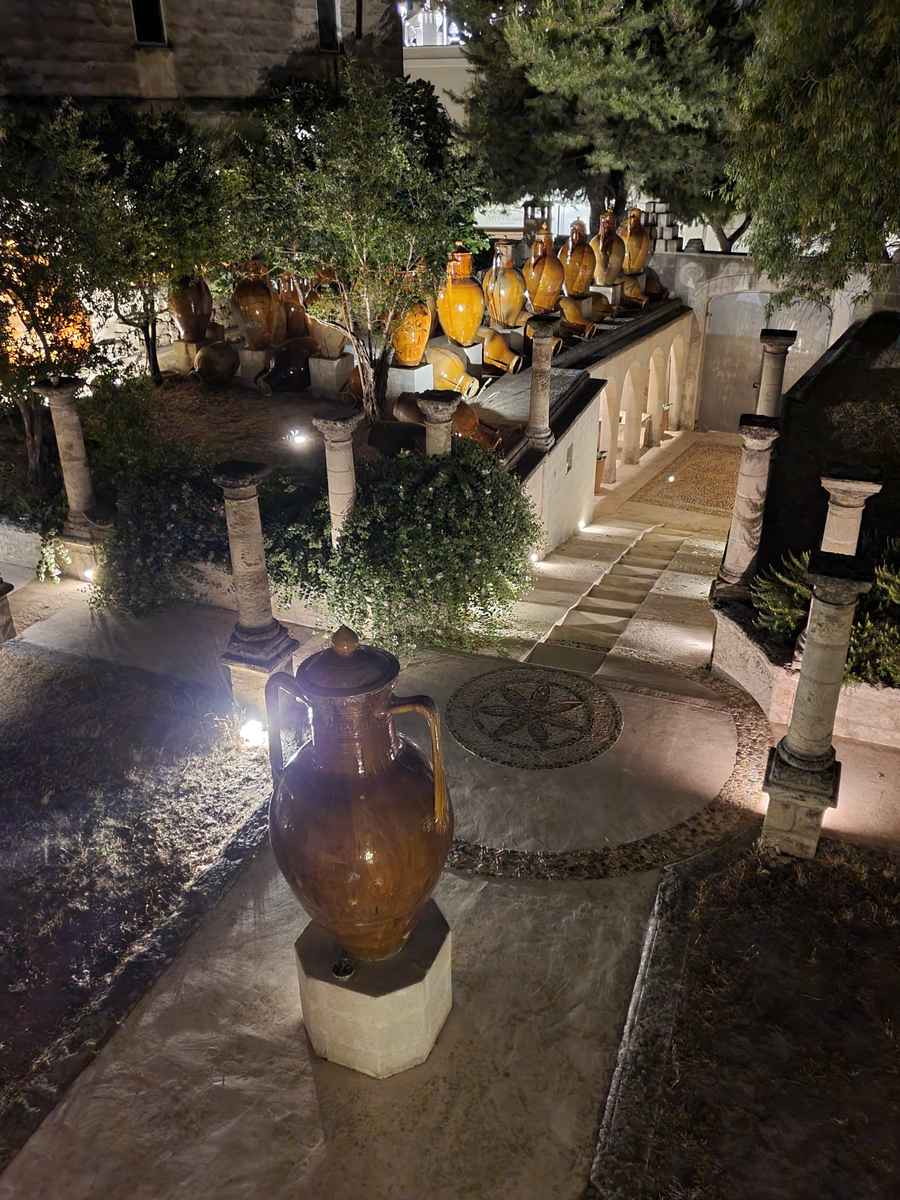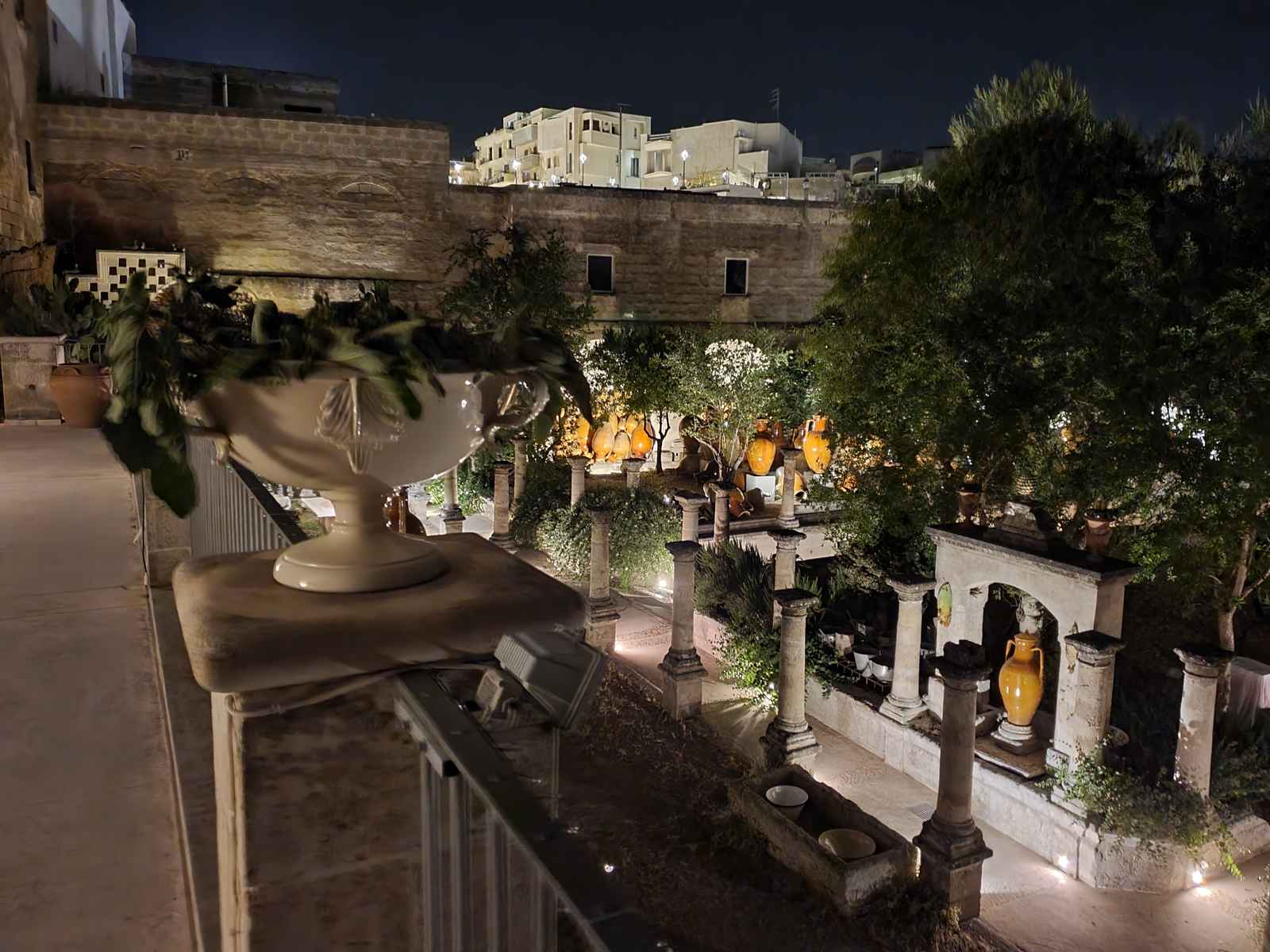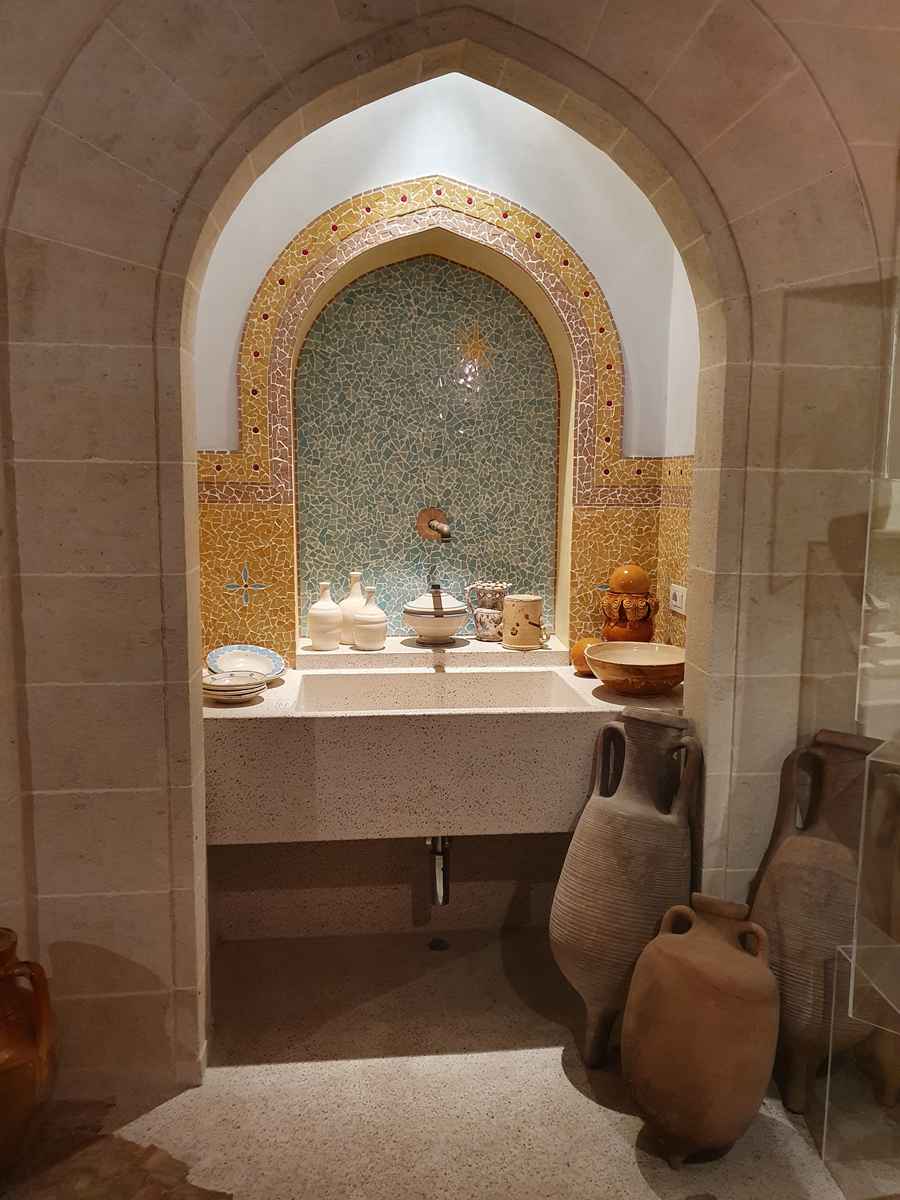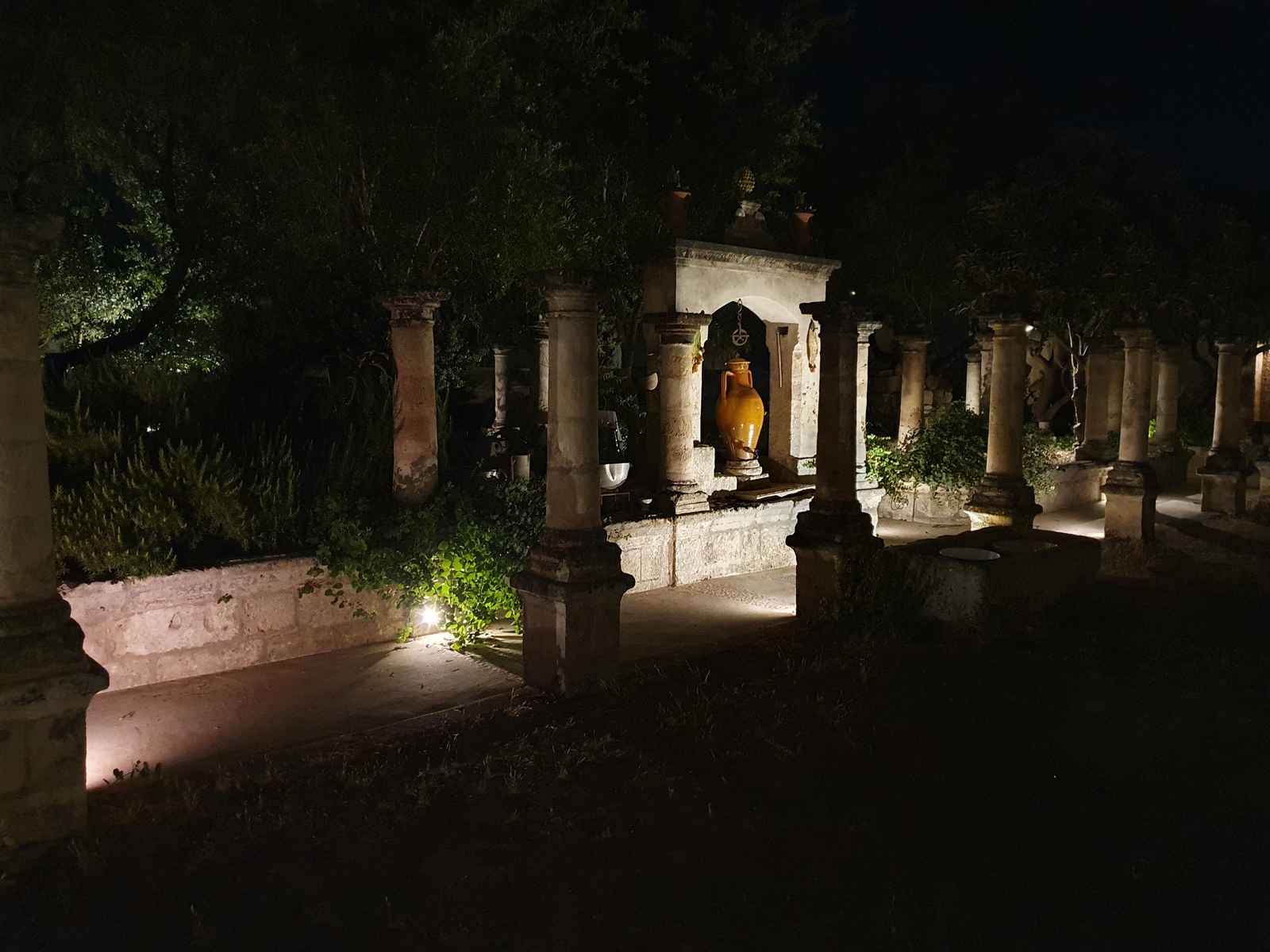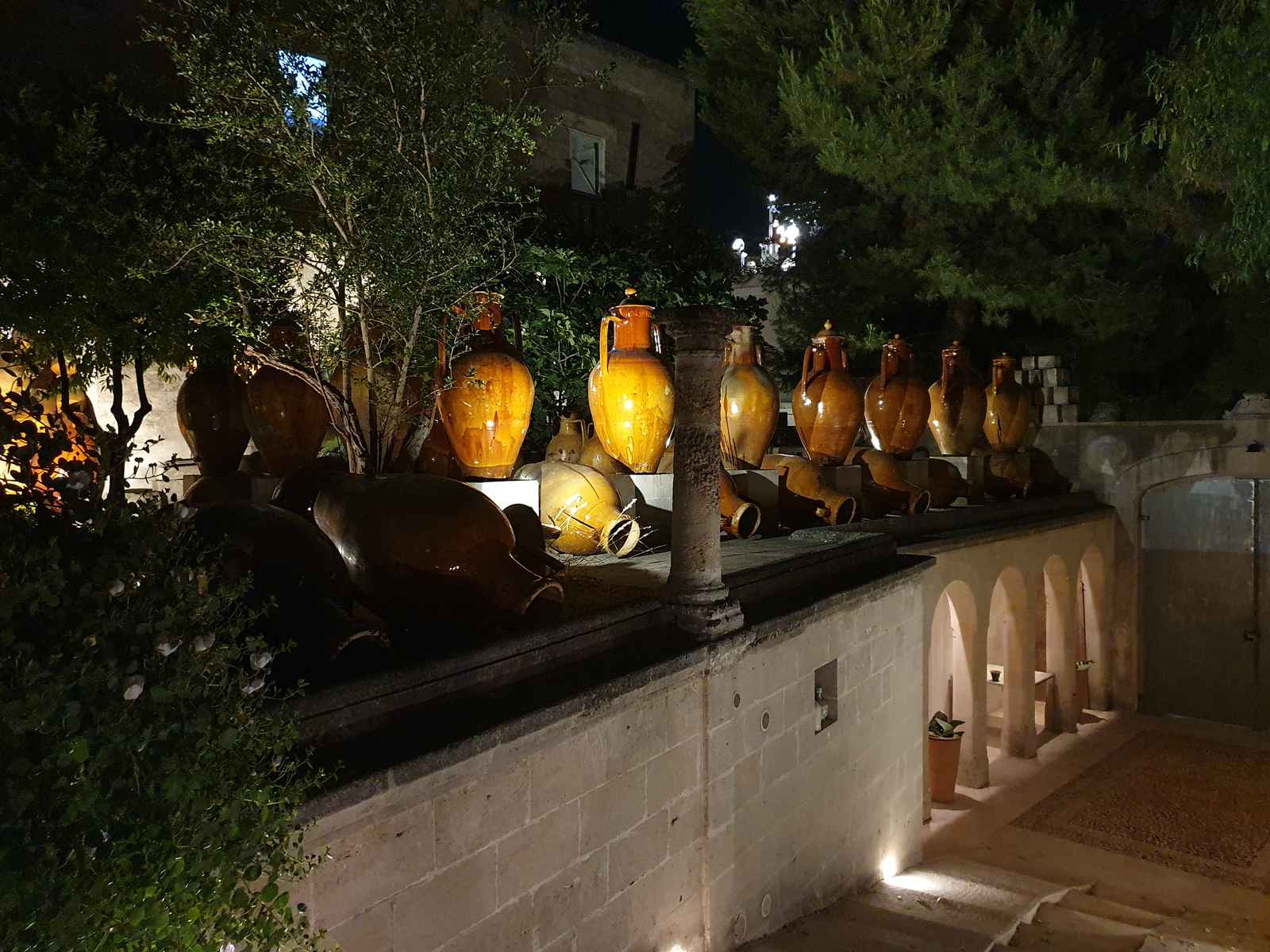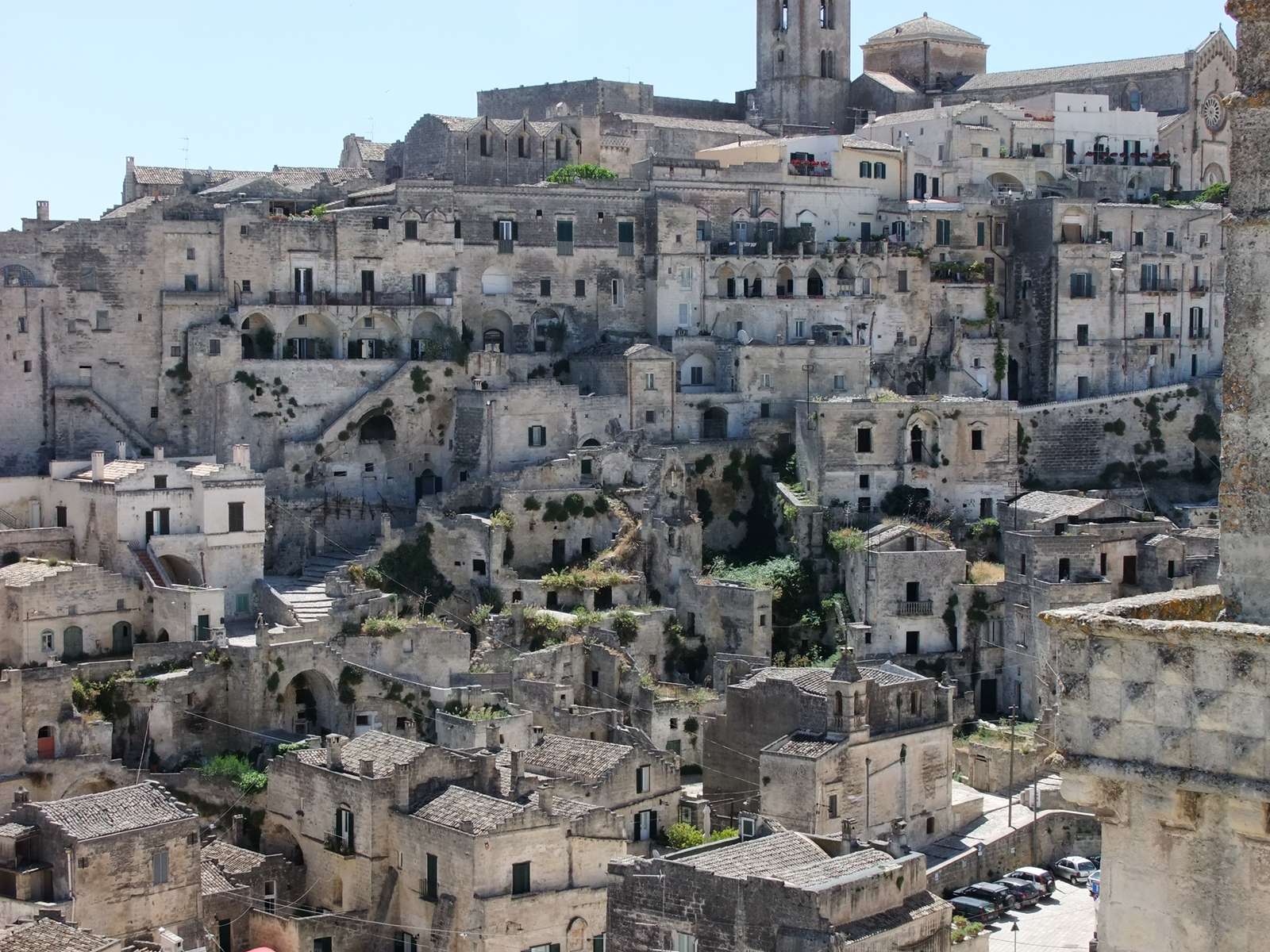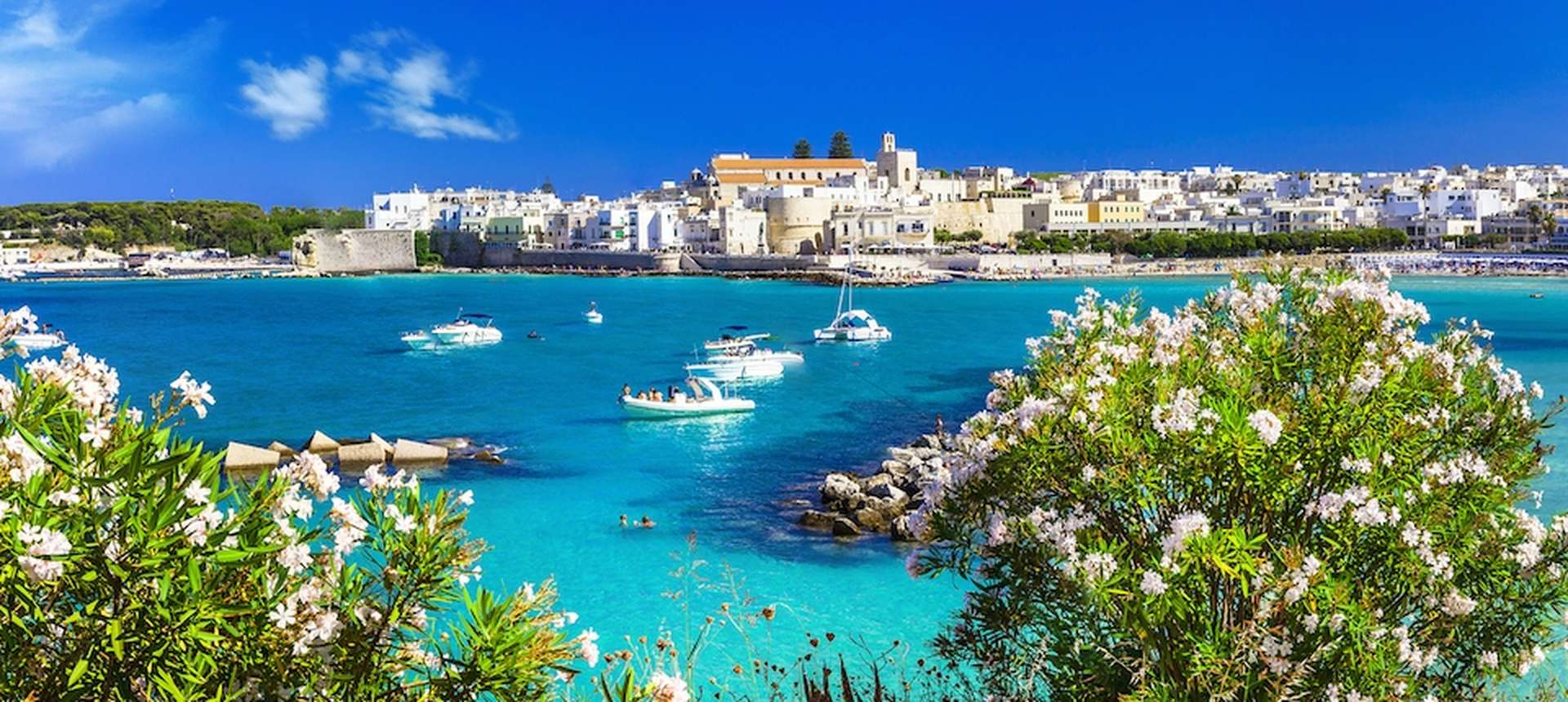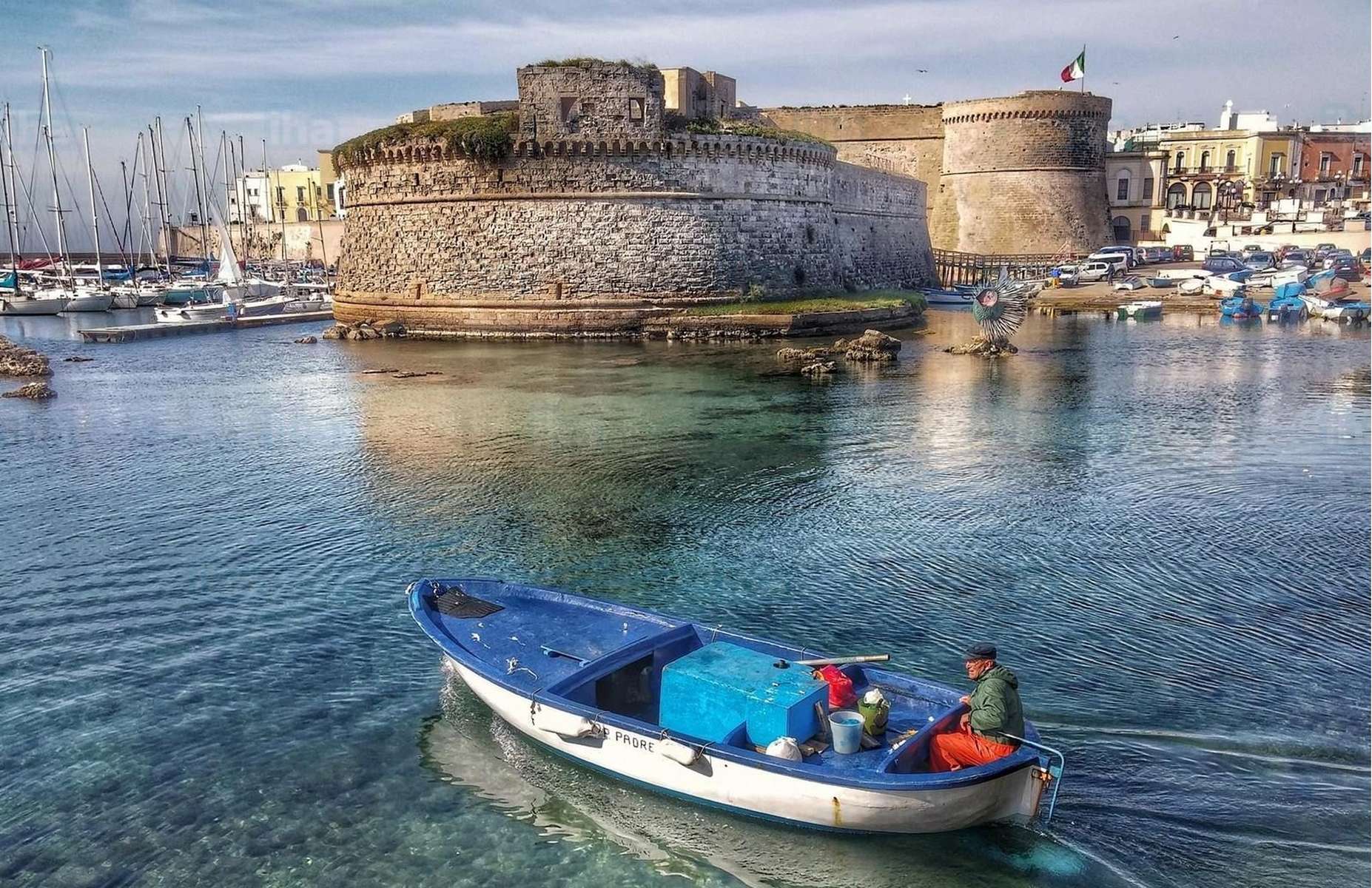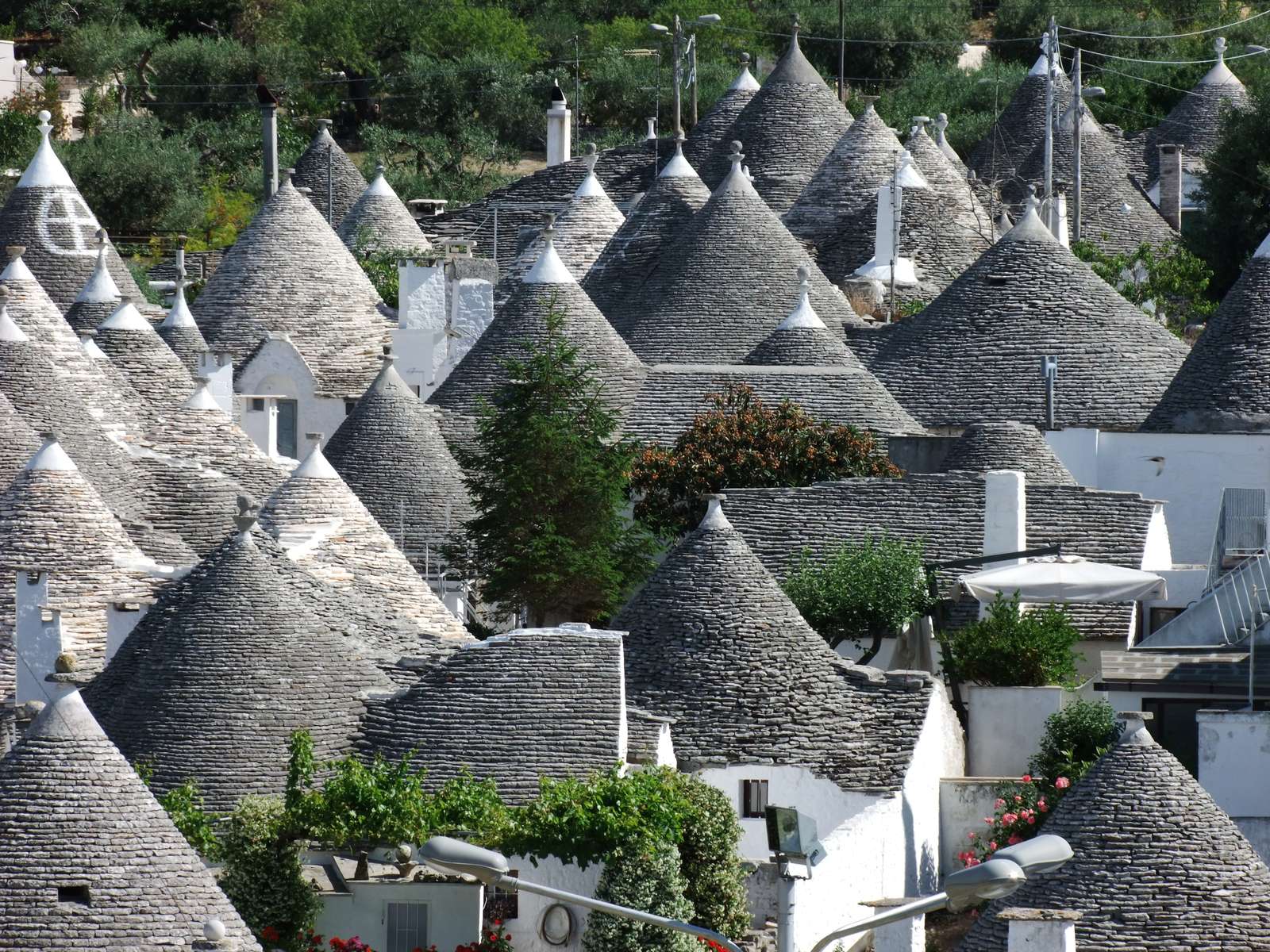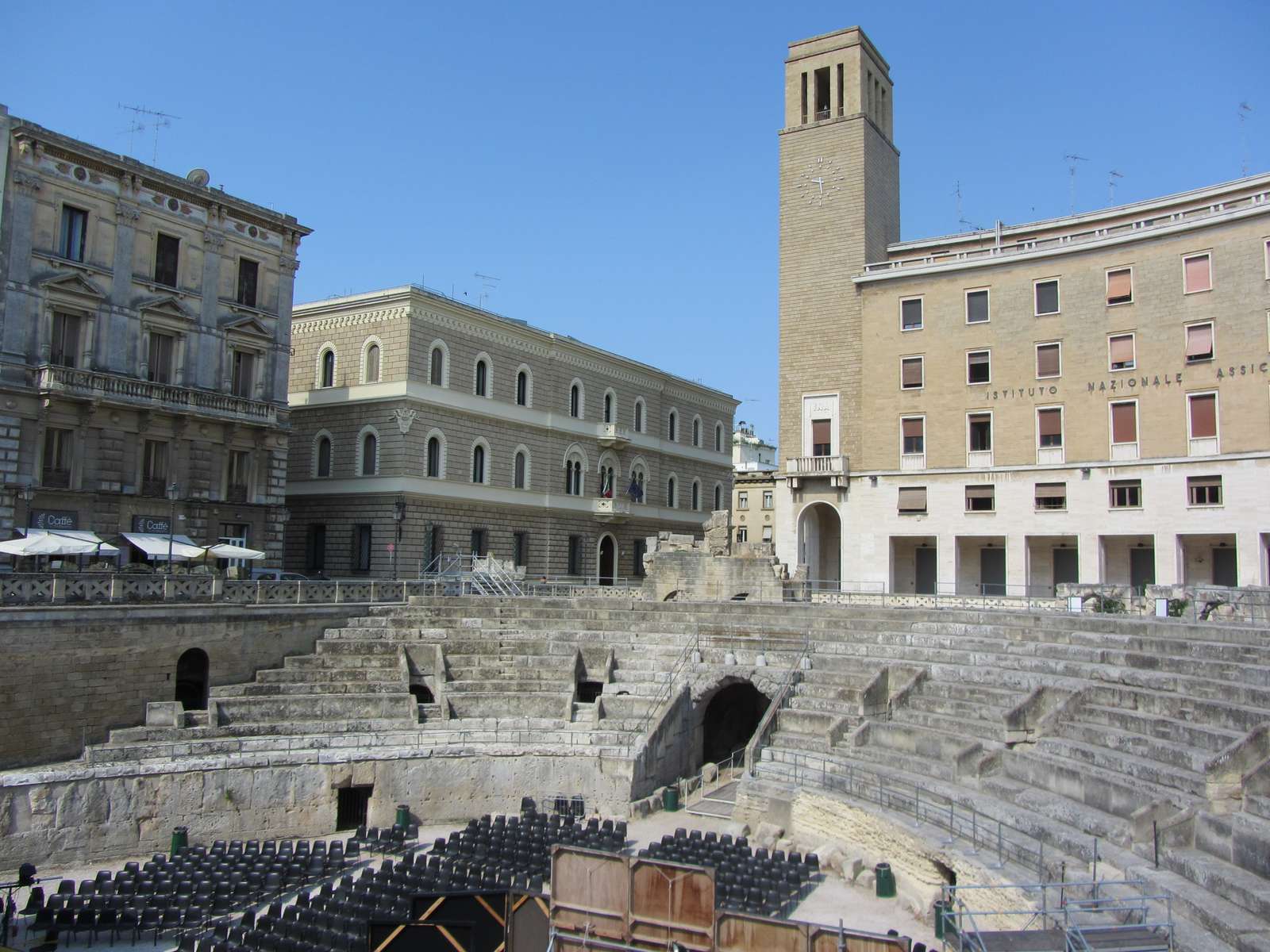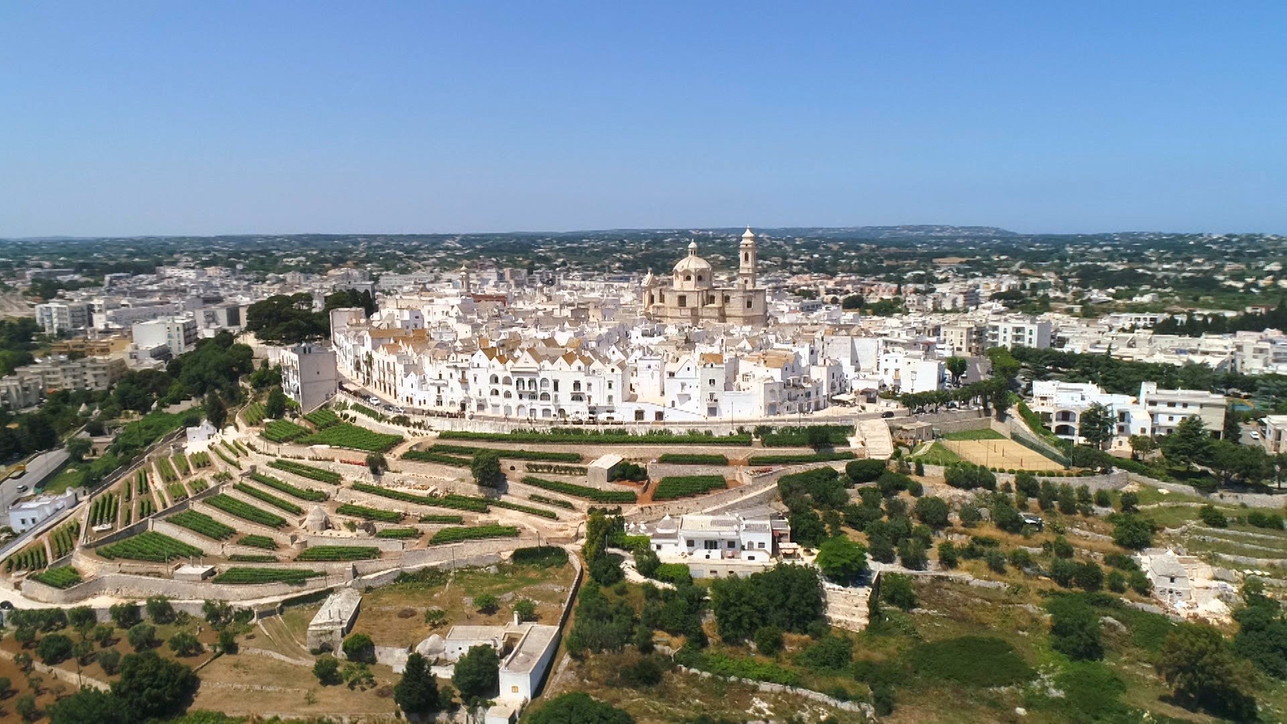25 minutes from Trullo della Pace
Grottaglie is famous for its pottery and wine cultivation.
The name “Grottaglie” is traced back to the Greek term Kryptalys, Krypta, a term that indicates the presence of many caves in this area: it is thought that the presence of caves is at the base of many settlements dating back to the Palaeolithic.
To visit:
Ceramic district and Ceramic Museum
Along the “gravina San Giorgio” has been around for centuries an entire district of expert ceramists who, through laboratories and baking ovens in the rock of hypogean environments used in the past as crushers, have been able to develop a flourishing craftsmanship today recognized and appreciated throughout the world.
WEB 1: http://www.grottaglieturismo.it/it/le-chiese-larte-e-i-monumenti/il-quartiere-delle-ceramiche/
WEB 2: http://www.lacittadelleceramiche.it/ceramiche/
The Bishop’s castle and the Main tower
Next to the famous Ceramic district, in the oldest part of the village, Grottaglie Castle was for centuries a symbol of the feudal power of Tarantine bishops.
Today the castle is characterized by the presence of the ancient tower (over 28 meters), which is articulated on four independent floors, and the main building, where the bishops had its internal courtyard.
In addition, to the upper rooms of the castle, which can be visited at the annual exhibitions (Ceramic Show and Presempe Exhibition), it also worth a visit to the two gardens of the ancient medieval building, the Mediterranean garden and the garden of Giacomo d’Atri.
Address: Largo Maria Immacolata – 74023
Phone: (+39) 800545333
Sito web: http://www.museogrottaglie.it
Summer visiting time:
July – August: 10.00-13.00 / 17.00-21.00;
September: 10,00-14,00 / 17,00 – 20,00
Open Days: July, August, September, all Saturdays opening until 23:00 free entrance
Casa Vestita
Casa Vestita is the shop of the well-known ceramist Cosimo Vestita, which hosts a nineteenth-century garden, ancient pottery and secular fig.
It’s a place to visit by reservation and the owner, Mr. Mimmo Vestita, involves a real journey to discover the hidden secrets of the house:
The secret garden, the old floors, the private collections of the owner, the painted rocks and the underground ruin, perfectly preserved and unique.
WEB: http://www.madeintaranto.org/casa-vestita-a-spasso-nel-tempo-tra-ceramiche-e-fichidindia/
Address: Via Crispi 63 / a
Telephone: +39 329 1473614
Church and convent of St. Francesco di Paola
The Paolotti complex is located just steps from the historic center, on the same road as the village leads to the Mutata’s Church.
It is part of the church, called the Madonna delle Grazie and the annexed convent, built in the 16th century by the will of the Order of the Friars Minor devoted to San Francesco di Paola.
Address: Via XXV July, 94 – 74023
Phone: (+39) 800545333 – (+39) 0995623866
WEB: http://www.grottaglieturismo.it/it/le-chiese-larte-e-i-monumenti/la-chiesa-e-il-convento-di-san-francesco-di-paola/
Madonna della Mutata
Already since the X century, at the place where the Sanctuary now stands, there was a small church encircled by the inhabitants of Grottaglie and those of Martina Franca, where a fresco image of the Madonna on the south wall was held in the direction of Martina Franca and therefore belonged to him His fellow citizens.
On the Monday of Pentecost in 1359 was the Madonna herself to solve the question, the painted image was found on the north wall facing Grottaglie;
Since then he has become a patron of the town.
Address: Provincial Road to Martina Franca
Phone: (+39) 800545333 – (+39) 0995623866
WEB: http://www.grottaglieturismo.it/it/le-chiese-larte-e-i-monumenti/santuario-della-madonna-di-mutata/
Gravina di Riggio
The Gravina di Riggio is located within one of the natural canyons that traverse the Grottaglie territory in the most general context of the Regional Natural Park of the Graves characterized by the presence of grooves, many of which have been inhabited since prehistoric times .
Here you can also see some tufacee walls on which man dug ancient rock villages and churches still frescoed. Of particular interest are the rocky settlements and in particular the Savior’s Crypt with the frescoes of the X-XI century.
It is advisable to visit it with the groups that periodically make guided tours of the place otherwise you risk to lose yourselves.
